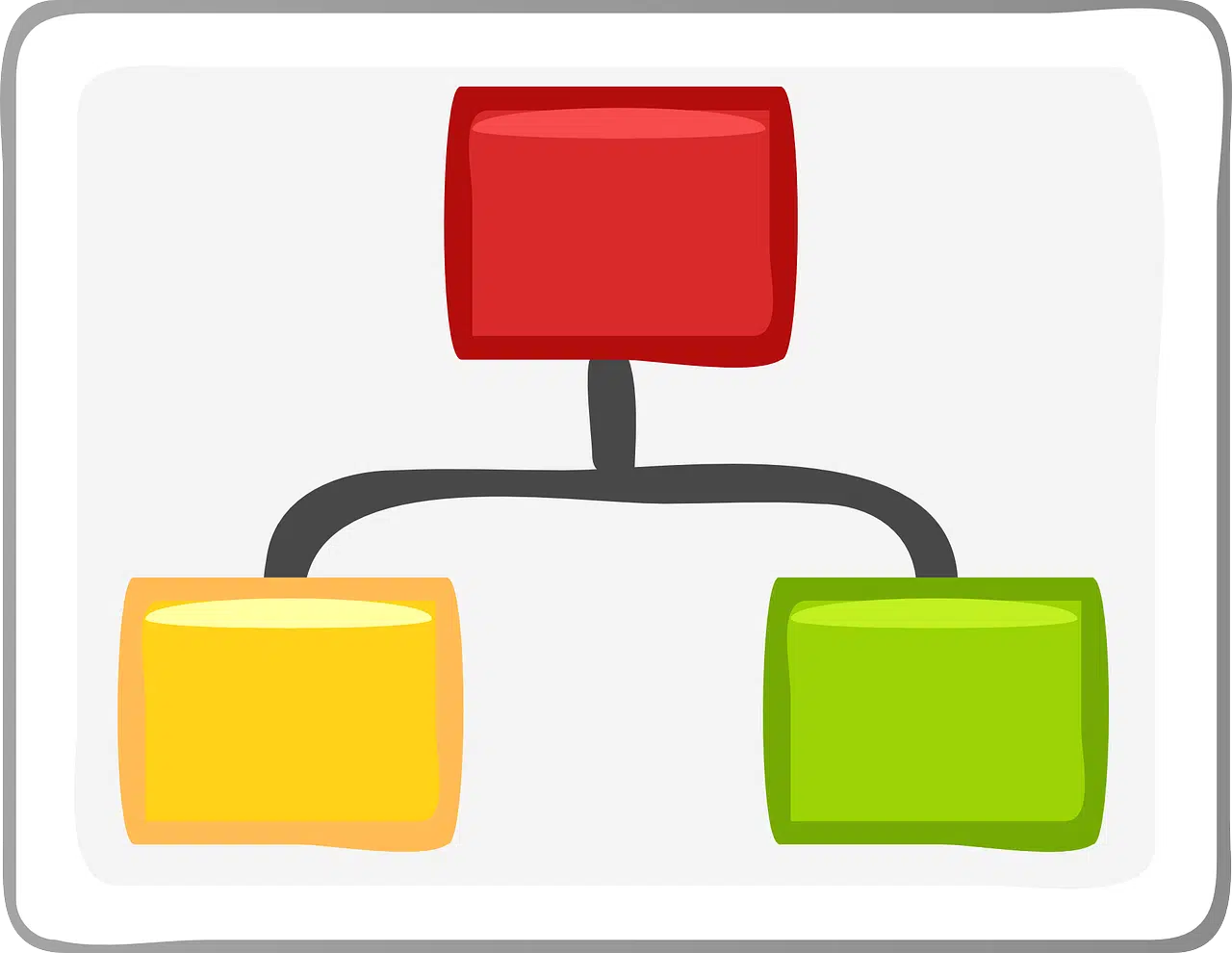
A concept map works as a graphic organizer of knowledge.
A concept map is a tool that makes it possible to organize and represent, graphically and through a diagram , knowledge . This type of maps emerged in the 1960s with the theoretical approaches on the psychology of learning proposed by the North American David Ausubel .
The objective of a concept map is to represent links between different concepts that take the form of propositions . Concepts usually appear included in circles or squares, while the connections between them are manifested with lines that join their corresponding circles or squares.
The lines, for their part, display associated words that are responsible for describing the nature of the link that unites the concepts. In this way, a concept map is dedicated to summarizing the most relevant contents of a document.
How to create a concept map
When developing any concept map, it is essential that a series of steps be followed to ensure that it meets the objective of showing a theme or fact in a clear, simple and easily understandable way. Specifically, it is established that the realization has to go through the phase of selection, grouping, ordering, representation, connection, verification and finally the reflection stage.
For Ausubel , the key factor in learning is what the person already knows. This means that meaningful learning occurs when a human being achieves the association, explicitly and consciously, of new concepts and data with others previously available to them. This process causes certain modifications in the structure of cognition.
According to Joseph D. Novak (an expert at Loyola University who is often cited as the author of the first concept maps), new concepts are acquired through receptive learning or through discovery . In schools, learning usually takes place in a receptive manner, which causes students to memorize concepts but have difficulty apprehending their meaning. The concept map, on the other hand, enables active learning as it helps organize thoughts and ideas.

To create a concept map, the development of different cognitive processes is required.
Classification according to type
There are several classifications that exist regarding concept maps. However, one of the most generalized is the one that determines that these are divided into the following types:
- Hierarchical map : it is the one that is made from a key concept that is located at the top and from it the rest of the elements that go downwards start.
- Organization chart map : This diagram is frequently used in business to establish the different departments and positions that shape a specific industry or company. The information is presented in a linear manner.
- Spider map : from the central theme, the rest of the issues that develop around it emerge.
- Multidimensional map : a figure that has multidimensional properties is the one that brings with it the development of this map, in the form of an organization chart.
- The systemic map and the landscape map are other types that make up the most common classification of conceptual maps that we are addressing.

Concept maps are tools that contribute to reasoning.
Usefulness of a concept map
A concept map is a graphic representation that is useful as a learning strategy since it favors the study of a topic, assisting memory through visual communication. These maps order the variables and allow their categorization, making data visualization easier for analysis and understanding.
To make a concept map, the individual needs to develop a deep understanding of the concepts that makes it possible to process the information and create a summary or synthesis. Once you have discovered the keywords for the topic, you have to use your organizational skills to arrange them in a hierarchy, marking each relationship in the outline.
The value of the concept map is evident when, with its observation, the retention and interpretation of the information is achieved. That is why it is an important resource in pedagogy since it helps in teaching and in the cognitive development of students.
It is important to indicate that, although note-taking is a valid mechanism to begin the construction of a concept map, today there are digital tools that cooperate in the task. A person's creativity will never lose relevance, although concept mapping software simplifies actions and saves time.
Differences with mind mapping
The mind mapping technique is based on the determination of a central concept, around which between five and ten main ideas that are linked to it are written or drawn. From each of these notions, in turn, others emerge.
While the concept map is based on hierarchy, the mental map develops radially. The mind map can capture a brainstorm ; The conceptual map already expresses synthesized content.
